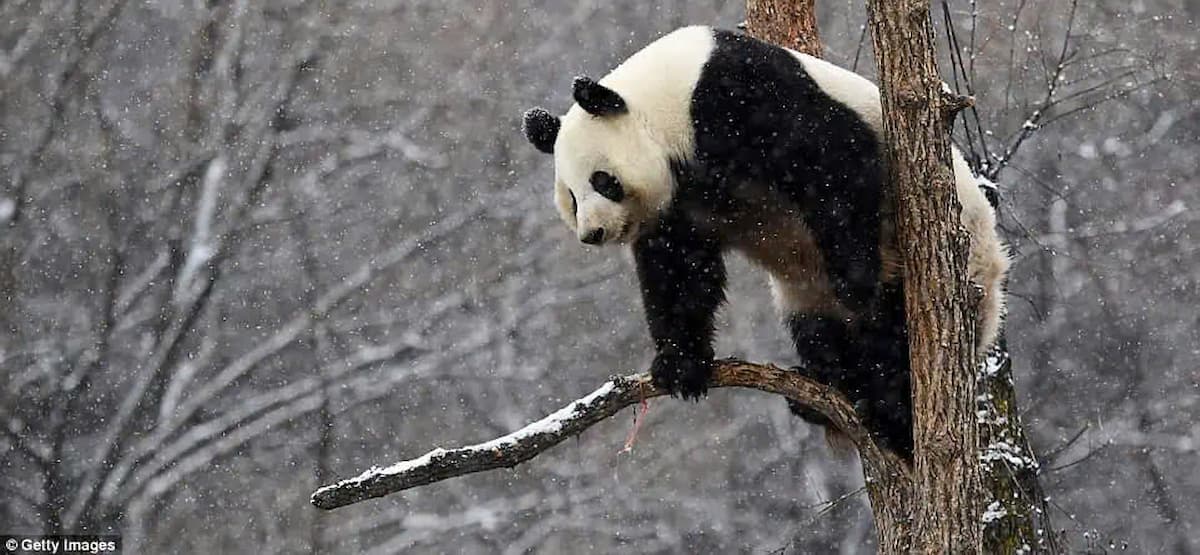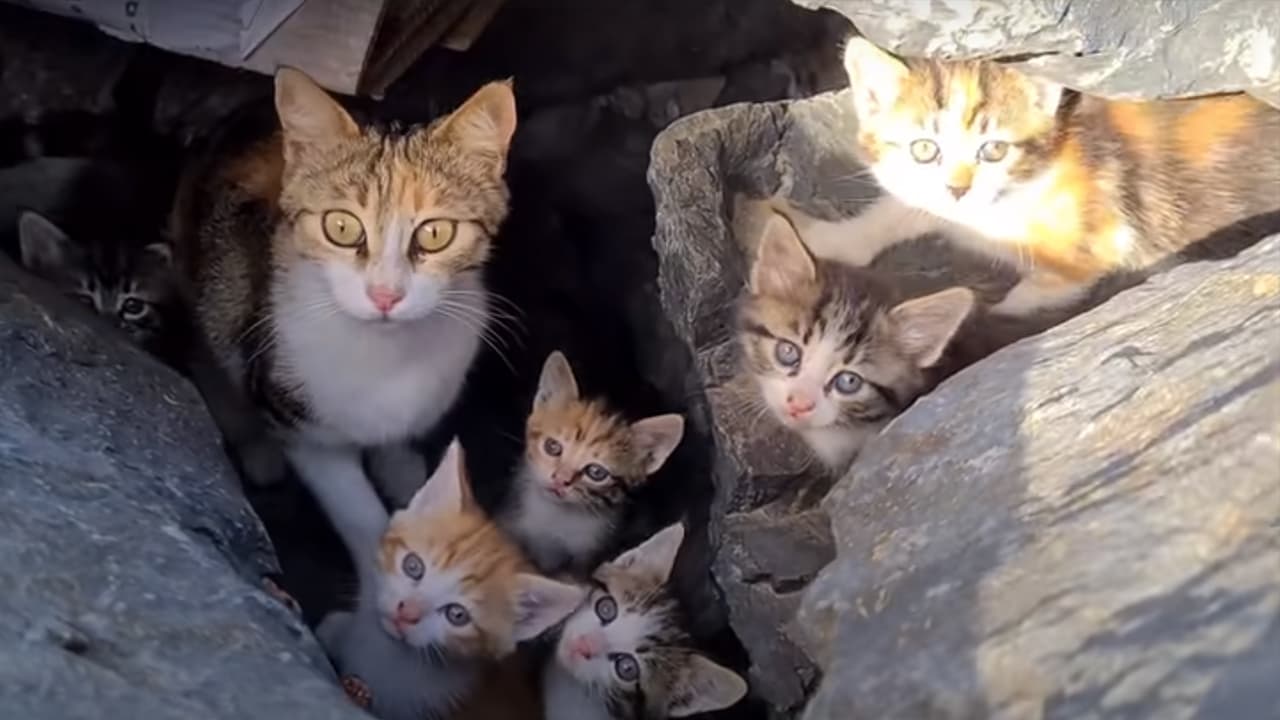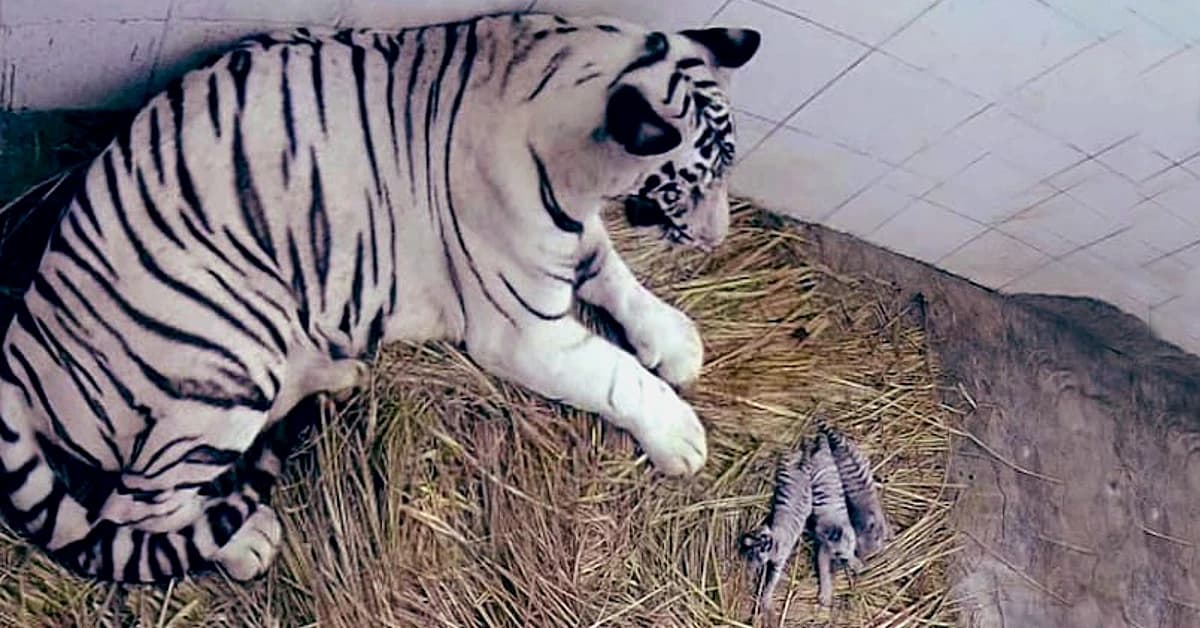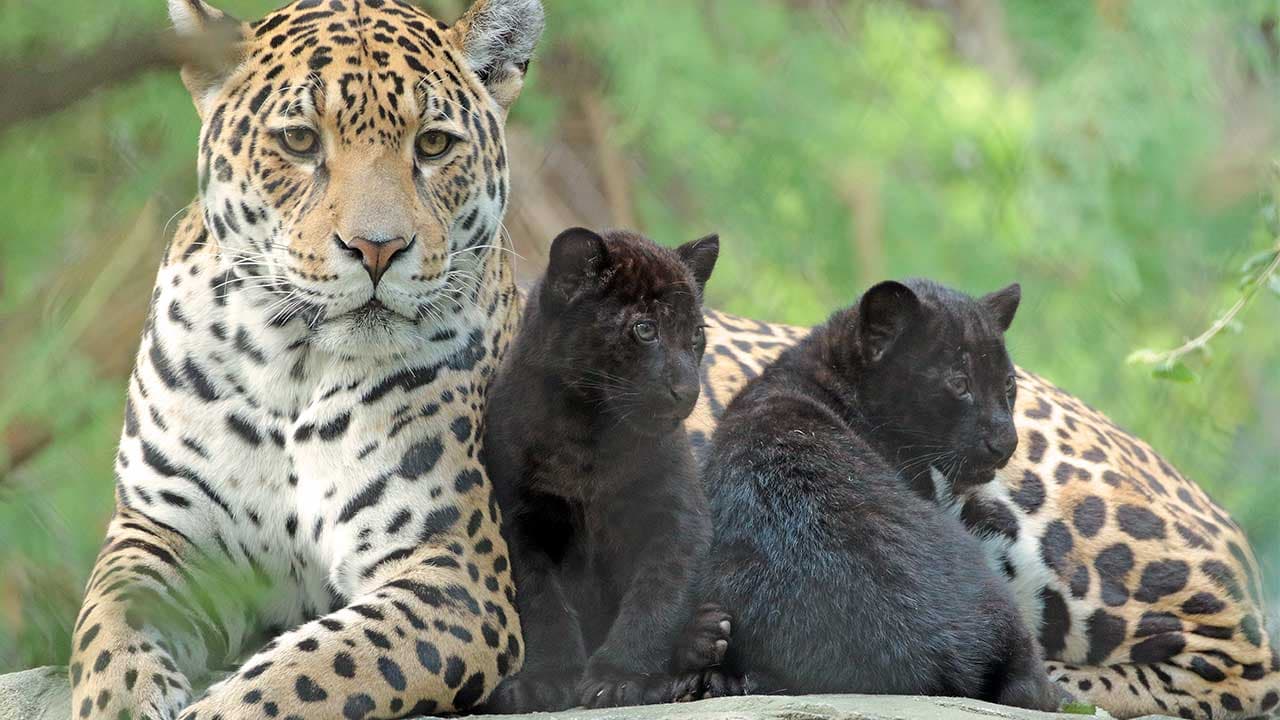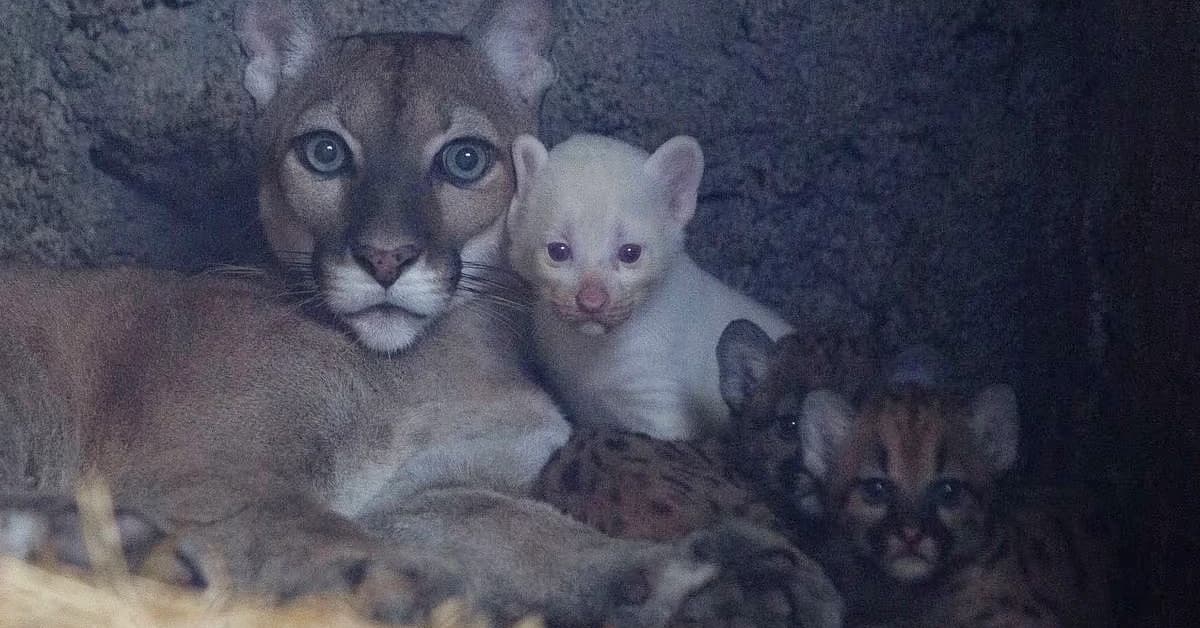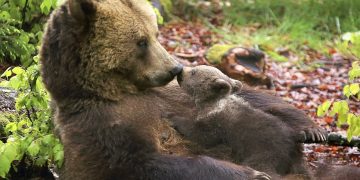In the grand tapestry of avian wonders, one bird stands out with its spectacular beauty and captivating colors—the Greater Blue-Eared Starling. With its iridescent plumage and striking features, this African native has enchanted birdwatchers and nature enthusiasts alike. Let us delve into the remarkable characteristics and fascinating behaviors of this extraordinary bird.
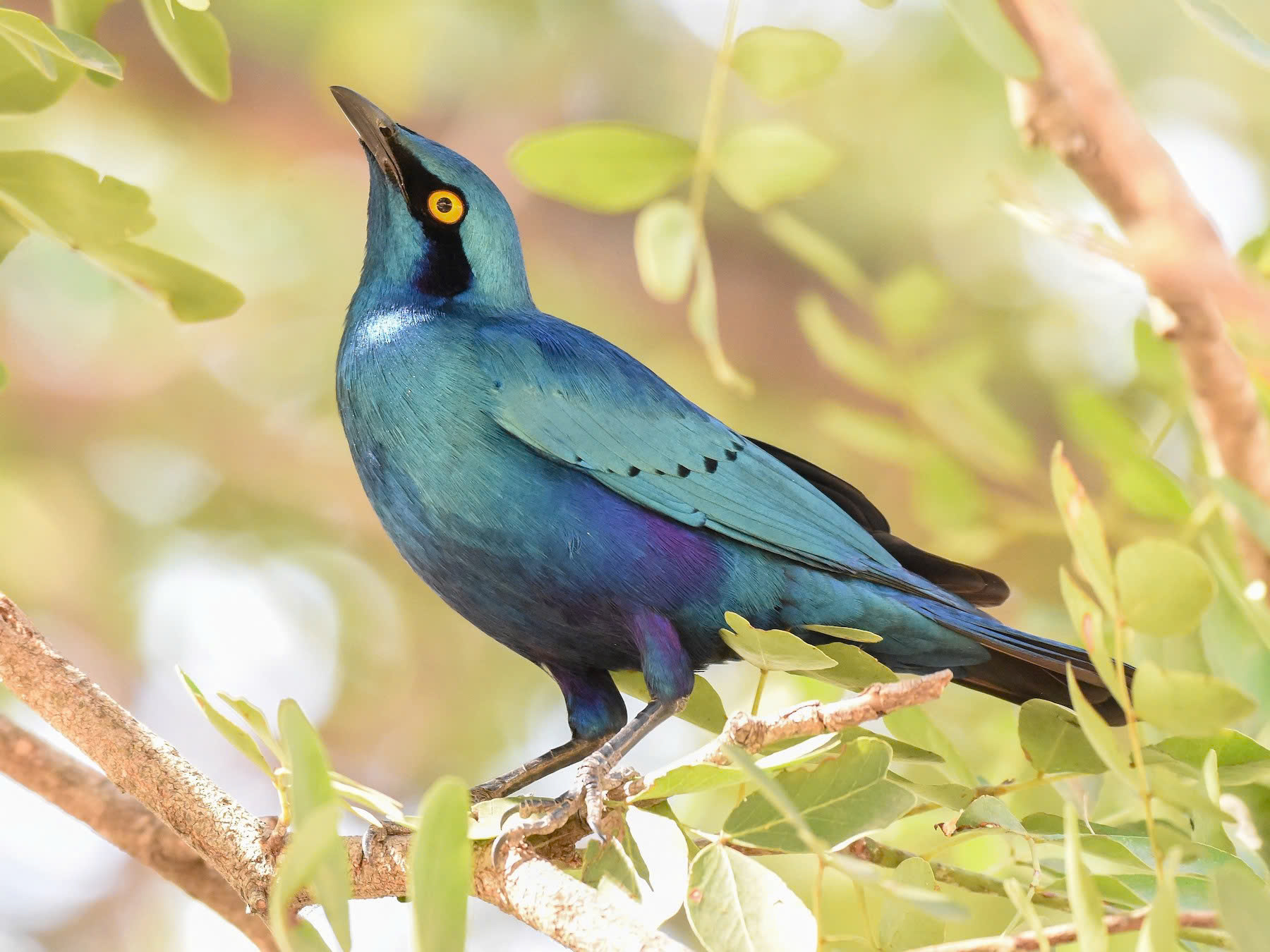
The Greater Blue-Eared Starling, scientifically known as Lamprotornis chalybaeus, boasts a breathtaking plumage that mesmerizes anyone fortunate enough to witness it. Shades of vibrant blue adorn its head and back, creating a vivid contrast with the sleek black feathers on its underbelly. Nature’s palette has truly crafted a masterpiece in this avian marvel.
One cannot help but be captivated by the sociable nature of the Greater Blue-Eared Starling. These birds are highly gregarious, forming large flocks that can number in the hundreds. Observing their synchronized movements as they dive and glide across the sky in perfect harmony is a sight to behold. Their collective chatter and melodious calls fill the air, creating a symphony of avian communication.
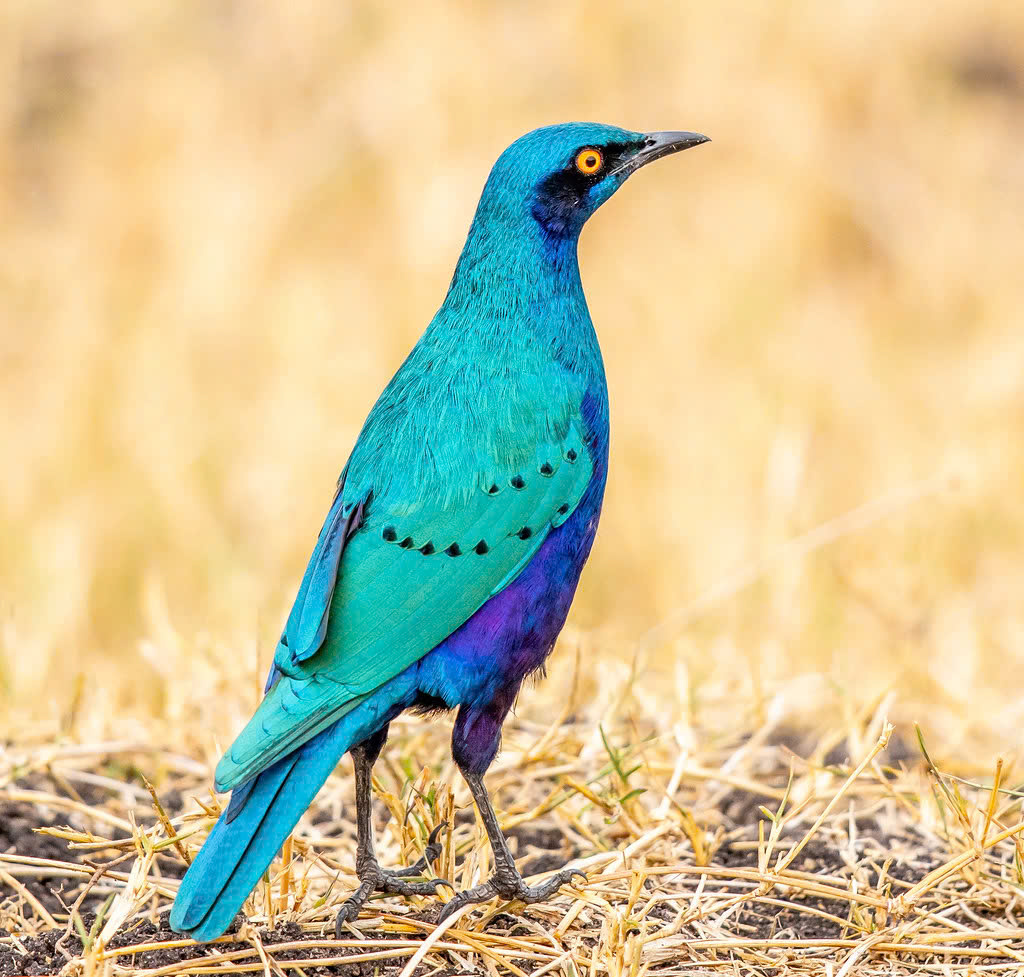
During the breeding season, male Greater Blue-Eared Starlings engage in elaborate courtship displays to attract potential mates. These performances involve intricate dances, fluttering wings, and a medley of calls. The males proudly showcase their dazzling plumage, hoping to capture the attention of a female and secure their place as a suitable partner. It is a testament to the effort these birds invest in ensuring reproductive success.
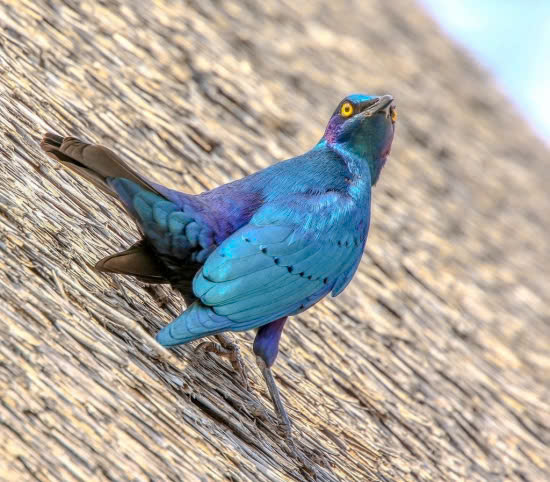
Beyond their aesthetic appeal, the Greater Blue-Eared Starling plays a vital role in its ecosystem. These omnivorous birds feed on a variety of insects, fruits, and seeds. As opportunistic foragers, they contribute to seed dispersal, aiding in forest regeneration. Additionally, their consumption of insects helps regulate populations, maintaining ecological balance. Truly, the Greater Blue-Eared Starling is an ecological multitasker.
While abundant in certain regions, the Greater Blue-Eared Starling faces threats and challenges. Habitat loss due to deforestation and urbanization poses significant risks to their populations. Moreover, the illegal wildlife trade continues to endanger these stunning birds, as their striking plumage makes them a target. Conservation efforts, including protected areas and public awareness campaigns, are essential to safeguarding this precious species.
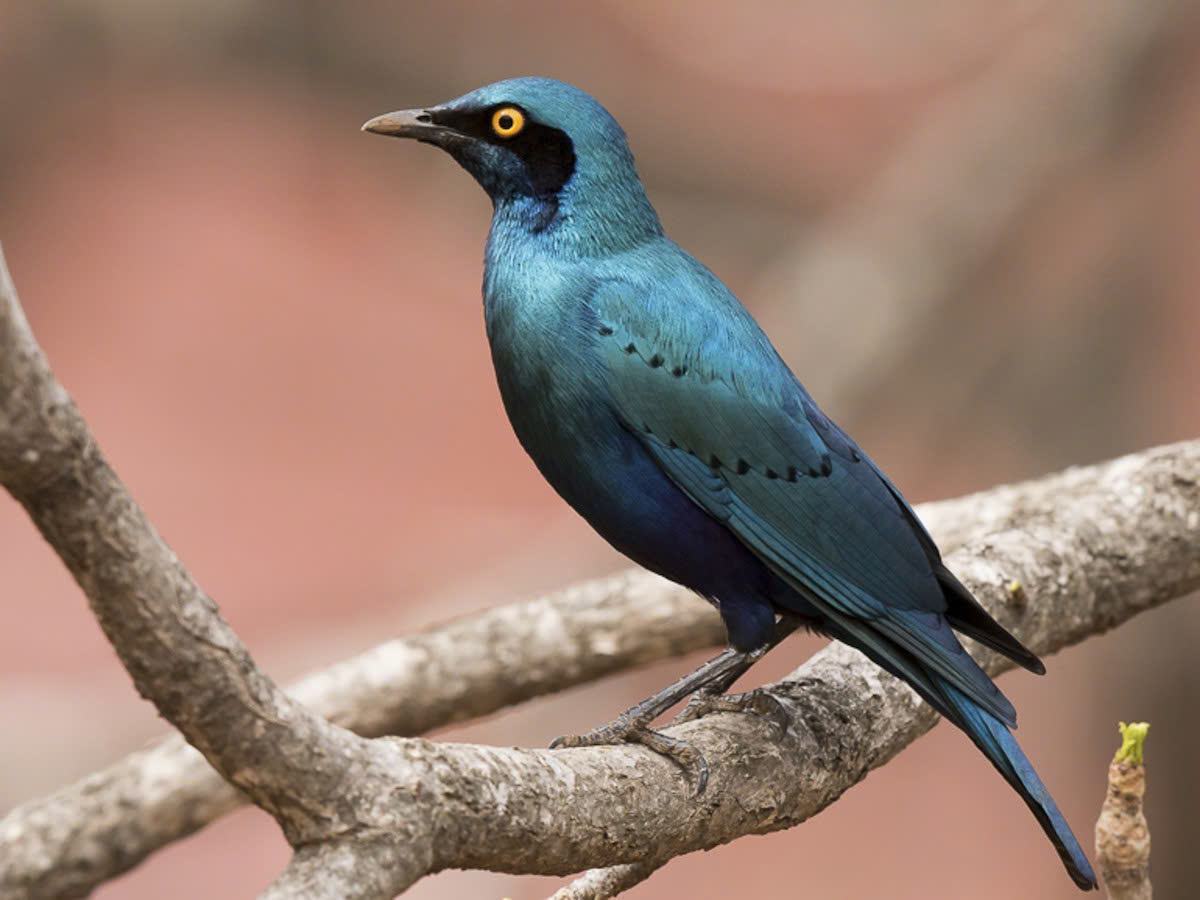
The Greater Blue-Eared Starling is a testament to the artistry of nature. Its vibrant colors, sociable demeanor, and ecological contributions make it a true wonder. As we strive to appreciate and protect the treasures of the avian world, let us cherish the mesmerizing beauty of the Greater Blue-Eared Starling—a feathered gem that epitomizes the splendor of the natural world.

